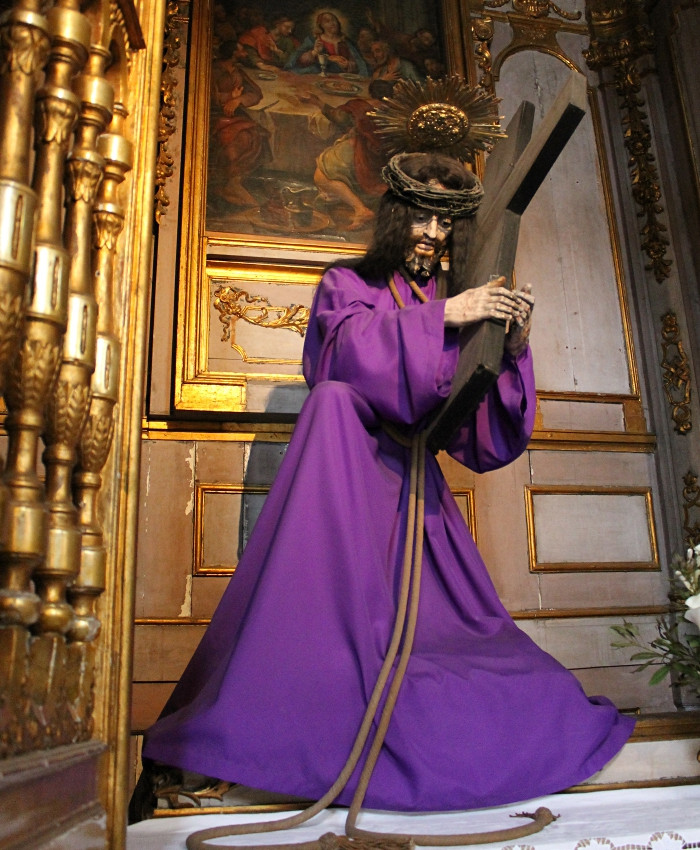Saint Martin's Church, Sintra
In 1147, King Afonso Henriques captured the Saracen castle of Sintra and ordered the construction of four Christian churches in its vicinity. The Church of Saint Martin (Igreja Paroquial de São Martinho), built in the Romano-Gothic style, was the first of them.
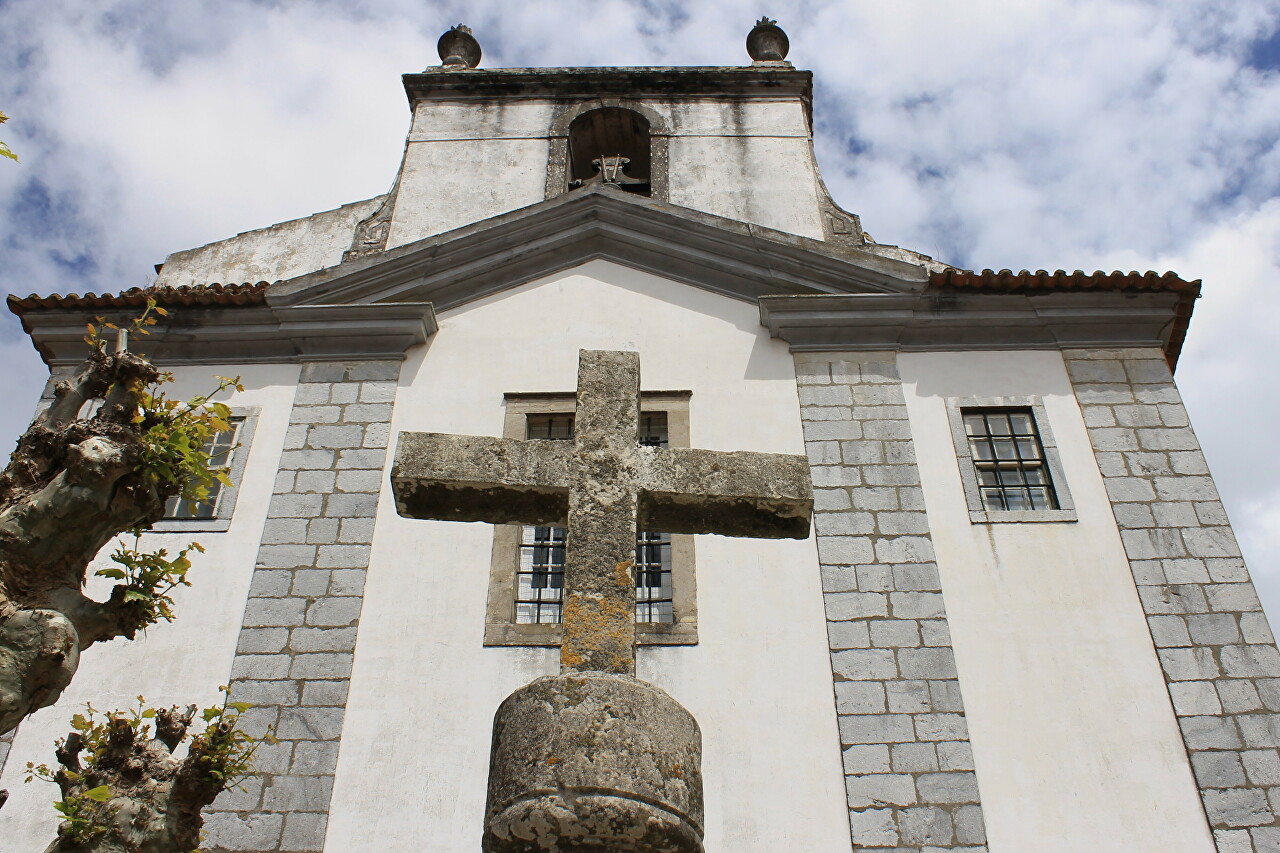
There are some documents that can be used to trace the history of the parish. Due to its proximity to the royal palace, in 1241 the church received the status of a cathedral, but due to disagreements with the abbots of other parishes, the charter was approved only in 1306. The oldest tombstones in the floor of the church belong to about the same period.
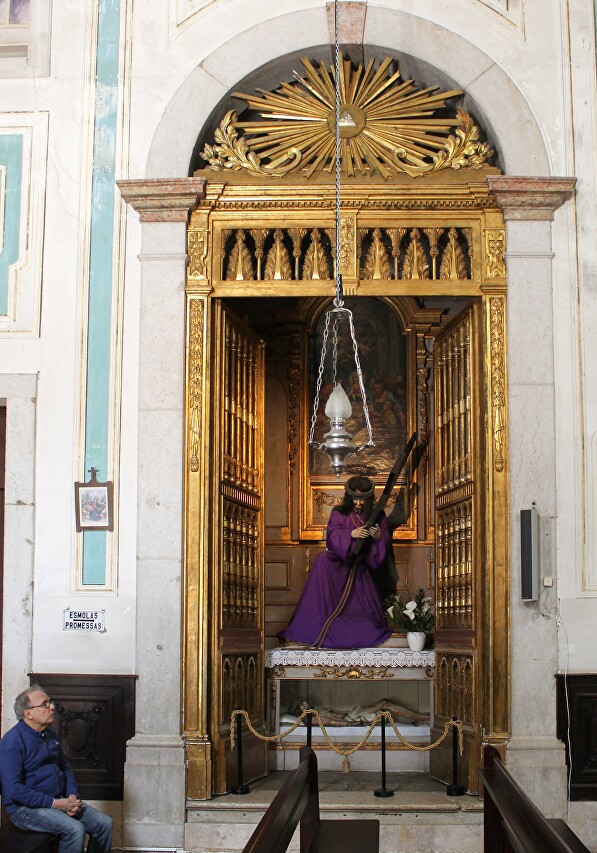
Not surprisingly, the parish significantly increased its wealth during the bubonic plague epidemic that ravaged the kingdom in 1348. Many prominent citizens who died of illness bequeathed their property to the church. At the end of the 15th century, King Manuel I allocated a significant amount of personal funds for the maintenance of the church.
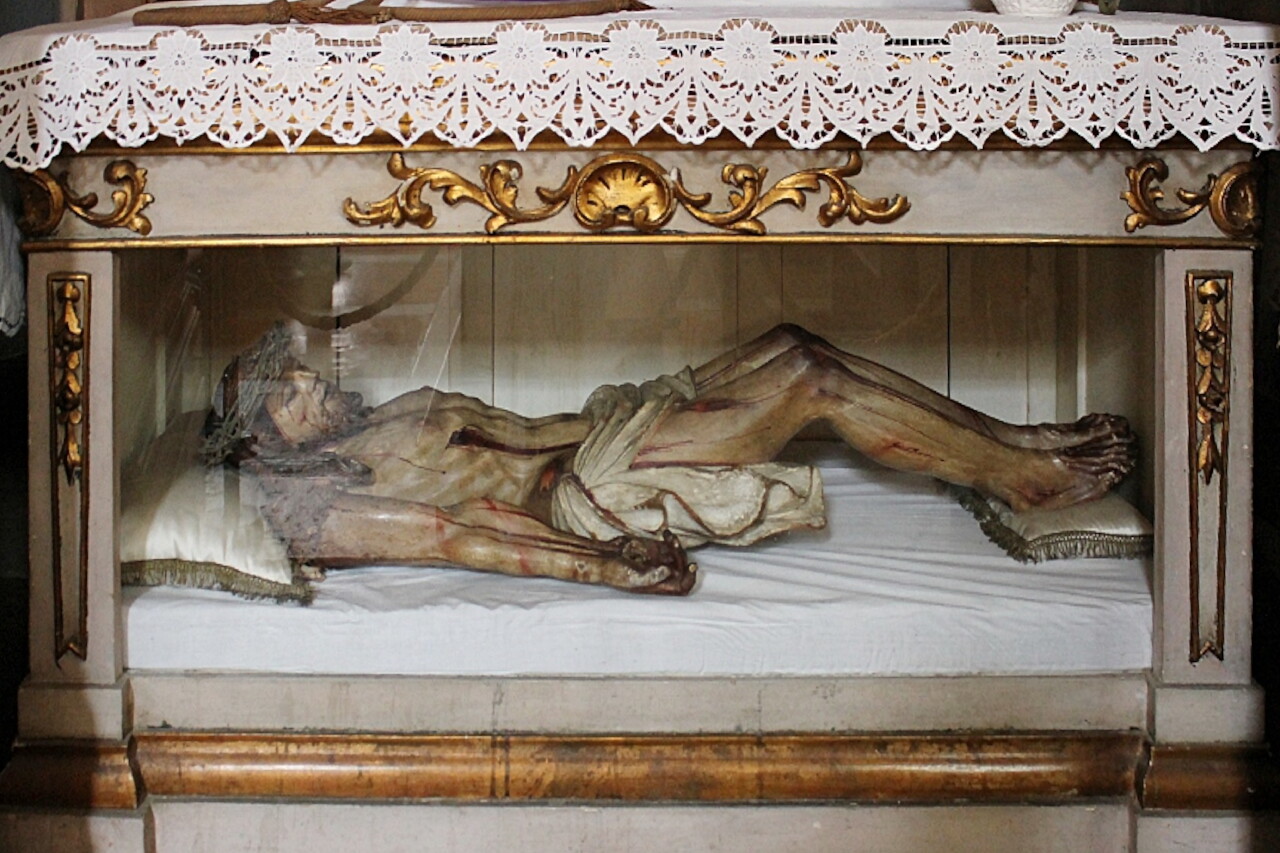
The disastrous Lisbon earthquake of November 1, 1755, did not avoid the parish of San Martino: the roof of the church collapsed, significantly damaging the interiors and utensils, and remained in this form for almost ten years. Finally, the king got tired of looking at the ruins on the road leading to the palace, and he expressed a desire to allocate personal funds for the restoration, this initiative was supported by the Prime Minister, the Marquis de Pombal. In 1764, the architect Mateus Vicente de Oliveira was hired.
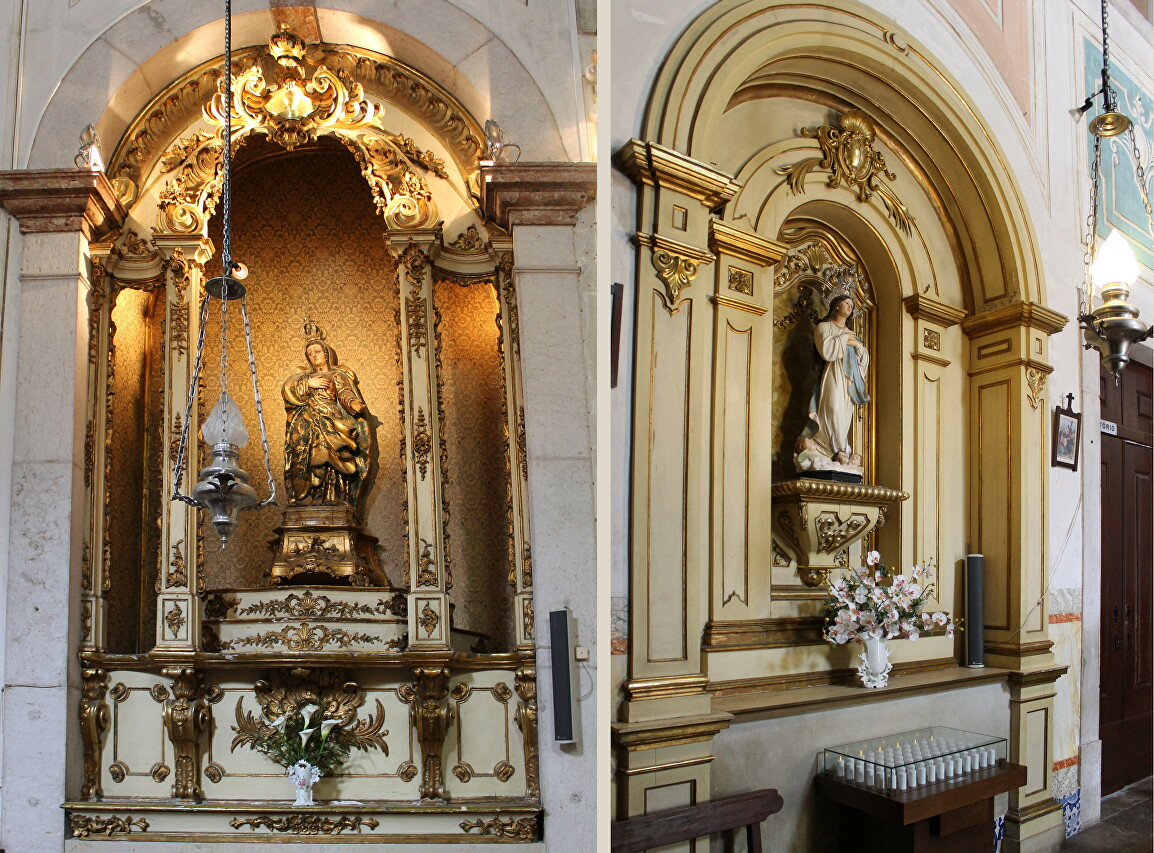
The church was rebuilt in the style typical of Portugal in the second half of the 18th century. The style was named Pombalino, in honor of the prominent politician Marquis de Pombal, under whose leadership the country was reborn from the ruins after the earthquake. All that remains of the old church is an altar crucifix, which miraculously survived the earthquake.
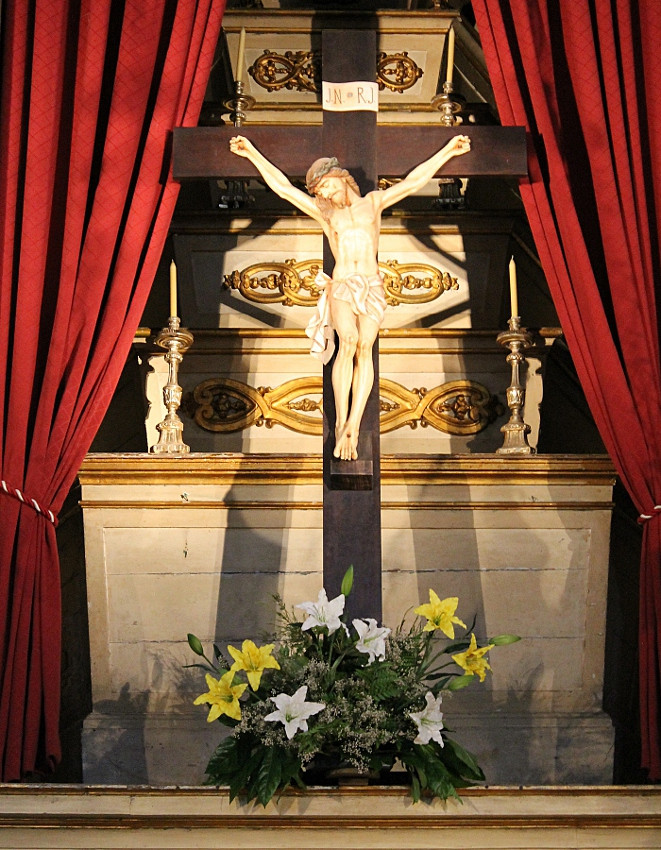
The walls and ceiling of the church are painted in a technique that imitates marble and three-dimensional stucco decorations.
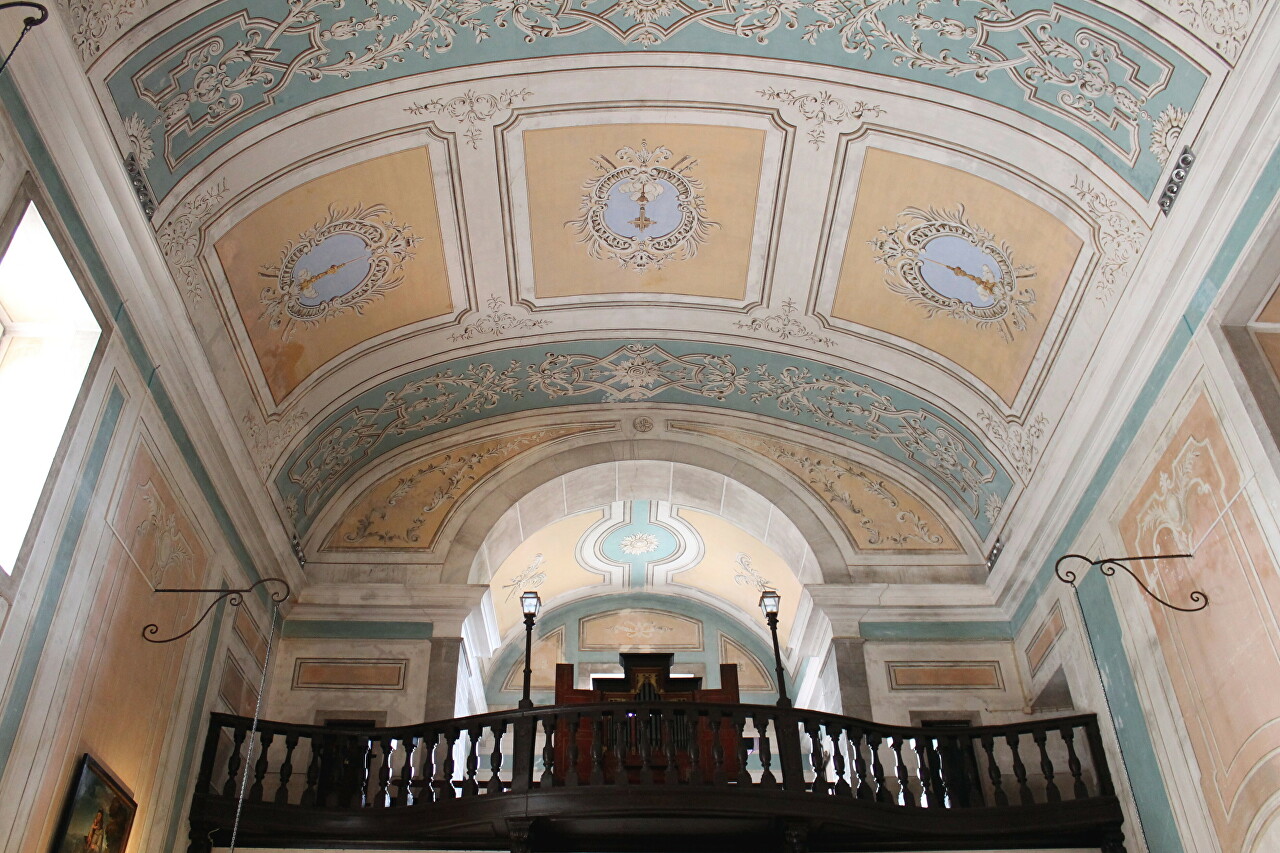
The arch, at the back of which is the main altar, is decorated with magnificent paintings from the 16th century depicting the passion of Christ. It is believed that the paintings belong to the brush of Diogo de Contreiras, who lived in Sintra.
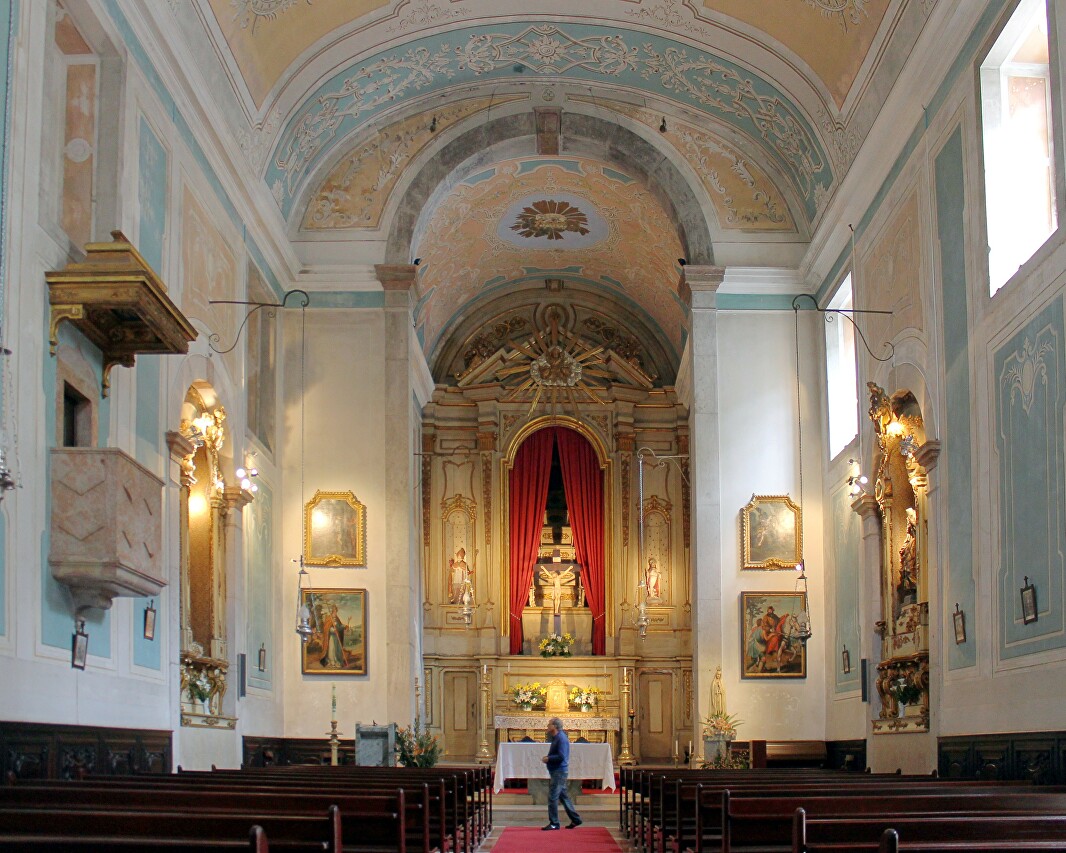
The Baroque altar with gilded carvings is surrounded by niches with wooden polychrome sculptures by the master of San Quintino with images of St. Martin and St. Anthony.
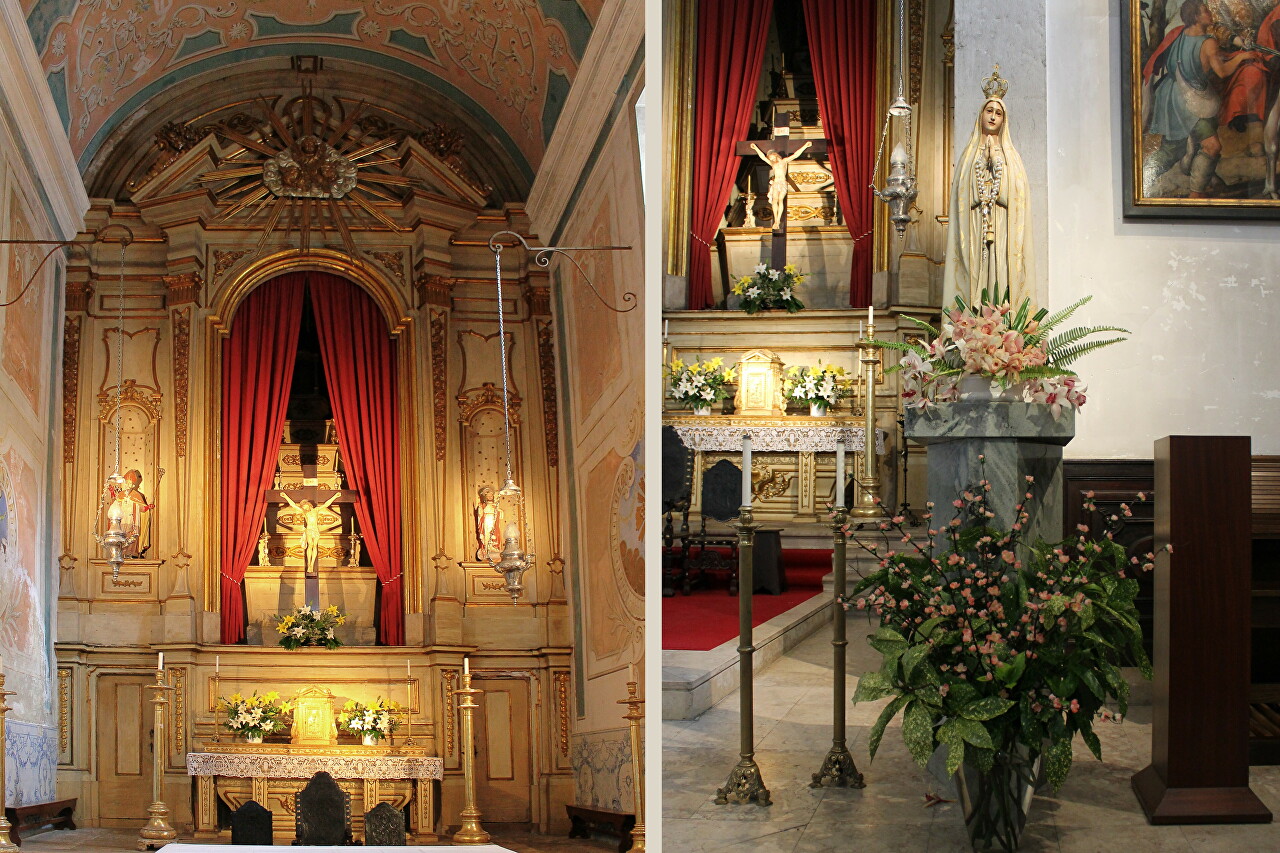
According to the 1758 census, the parish included 309 dwellings in 16 settlements with 1,183 inhabitants; in 1838, 356 dwellings and 1,800 parishioners were recorded.
